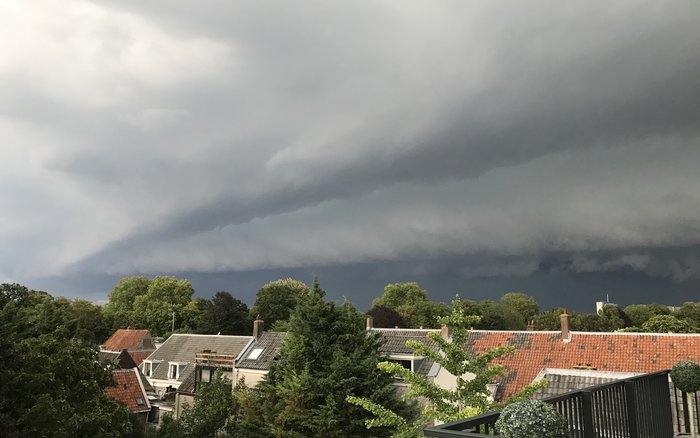Denmark

Climate change
In Denmark and southernmost Sweden, the average winter is already quite short now and there is little room for further shortening. By mid-century, the probability of missing winters will increase considerably.

In Denmark and southernmost Sweden, the average winter is already quite short now and there is little room for further shortening. By mid-century, the probability of missing winters will increase considerably.